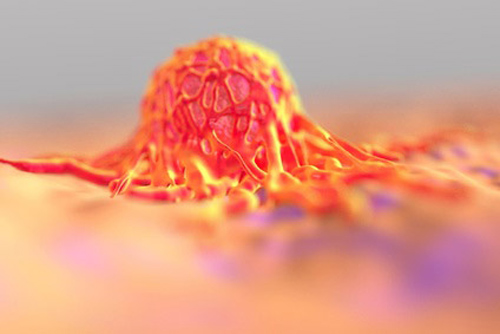Researchers at the Karolinska Institutet in Sweden say they have developed a new cheap method that can identify highly heterogeneous tumors that tend to be aggressive, and therefore need to be treated more aggressively. The technique is presented in an article (“CUTseq is a versatile method for preparing multiplexed DNA sequencing libraries from low-input samples”) in Nature Communications.
“Current multiplexing strategies for massively parallel sequencing of genomic DNA mainly rely on library indexing in the final steps of library preparation. This procedure is costly and time-consuming, because a library must be generated separately for each sample. Furthermore, library preparation is challenging in the case of fixed samples, such as DNA extracted from formalin-fixed paraffin-embedded (FFPE) tissues, the investigators wrote.
“Here we describe CUTseq, a method that uses restriction enzymes and in vitro transcription to barcode and amplify genomic DNA prior to library construction. We thoroughly assess the sensitivity and reproducibility of CUTseq in both cell lines and FFPE samples and demonstrate an application of CUTseq for multi-region DNA copy number profiling within single FFPE tumor sections, to assess intratumor genetic heterogeneity at high spatial resolution.
“In conclusion, CUTseq is a versatile and cost-effective method for library preparation for reduced representation genome sequencing, which can find numerous applications in research and diagnostics.”
A common feature of cancer cells is alterations in the number of copies in which each chromosome or gene is present in the genome (copy number alterations or CNAs). Within the same tumor, cells belonging to different anatomical parts of the tumor may carry different CNAs. Tumors with many CNAs are typically aggressive and tend to reform more often, even after harsh treatments.
Now, the Bienko-Crosetto Laboratory at Karolinska Institutet and the Science for Life Laboratory (SciLifeLab) in Sweden have developed a new genomic method, named CUTseq, which can assess the amount and type of CNAs in many different parts of the same tumor, at a much lower cost than existing technologies.
“I expect that CUTseq will find many useful applications in cancer diagnostics,” said Nicola Crosetto, PhD, senior researcher at the department of medical biochemistry and biophysics, Karolinska Institutet, and one of the senior authors of the paper.
“Multi-region tumor sequencing is going to be increasingly used in the diagnostic setting, in order to identify patients with highly heterogeneous tumors that need to be treated more aggressively. I believe that our method can play a leading role here.”
The method works with DNA extracted from multiple biopsies and even from very small portions of thin tissue sections, i.e., the type of sample that pathologists commonly rely on to make a diagnosis of cancer under the microscope.
By tagging the DNA extracted from multiple regions of the same tumor sample with unique molecular barcodes, a comprehensive picture of the heterogeneity of CNAs in a tumor can be obtained with a single sequencing experiment.
Applications of CUTseq are not only limited to cancer diagnostics, according to the researchers behind the new method.
“For example, CUTseq could be used as a platform for cell line authentication and to monitor genome stability in large cell line repositories and biobanks,” said Magda Bienko, PhD, senior researcher at the same department and the other senior author of the paper. “It could also be applied in ecology, as an alternative to other reduced representation genome sequencing methods, such as RAD-seq, to assess biodiversity in a cost-effective way.”


